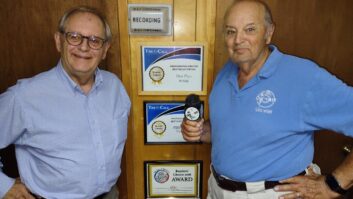What’s your favorite mic and why? Which models do you use for remote work, news or live sound?
We’ve been asking radio professionals to share their preferences. Here are four more as we celebrate Microphone Month at Radio World.
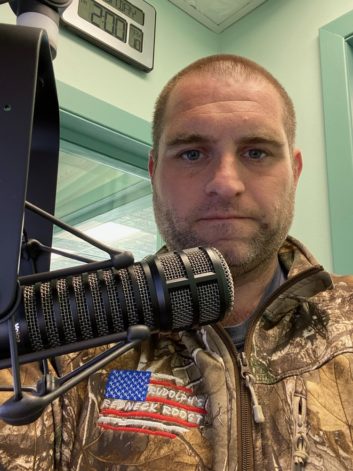 Tony Abfalter
Tony Abfalter
Director of engineering/IT, Leighton Broadcasting
Abfalter goes with the proven quality of the Electro-Voice models RE20, RE27 and RE320. Same with specialty applications.
As far as he’s concerned, “No sense in trading quality outside the studio.”
He’s a believer in doing your research and talking to the air staff, and then ultimately making your own call. “There’s no right answer.”
Andrew Gladding
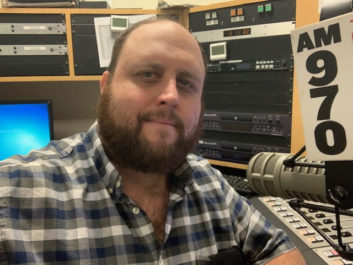 Chief engineer, Salem Media New York, and chief engineer, WRHU Radio Hofstra University
Chief engineer, Salem Media New York, and chief engineer, WRHU Radio Hofstra University
“The Shure SM7B packs a great punch at a reasonable cost,” Gladding says when asked for his choice in a radio studio.
“I really like how the pattern and dynamic response lends itself to both experienced and novice users.”
For remote podcasting, he recommends the EV RE20. “It seems to handle room noise fairly well and is fairly easy to use. Plus it can sound really fabulous when paired with a decent mic processor or preamp.”
When working with student engineers, he encourages them to start with the basics.
“Higher cost doesn’t always equal better quality. Knowledge of good mic placement and usage is more important than specs.”
Jose da Fonseca Bolacha
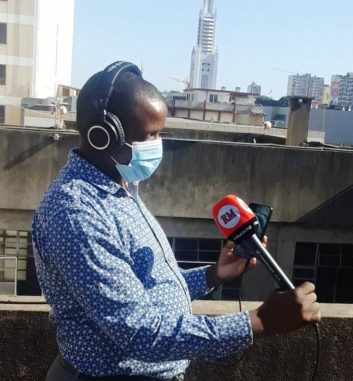 Broadcast Engineer, Radio Mozambique
Broadcast Engineer, Radio Mozambique
For on-air work, count him as a fan of the Electro-Voice RE20 and its effective management of proximity effect.
“Normally the dynamic mics are susceptible to external inductions, a problem that I faced for a long time with the AKG D3800 and only was overcome with the RE20,” he said.
Out in the field, he turns to the Sennheiser MD46, a dynamic cardioid with clear voice pickup.
“The metallic envelope provides good robustness, especially for a reporter in the field; it can fall and resist the impact without damage. Excellent response for reporting on the go.”
Josh Rath
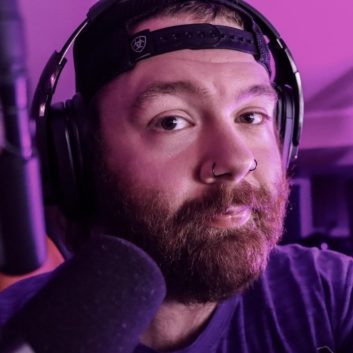 94.7 and The Mighty 790 KGHL
94.7 and The Mighty 790 KGHL
Josh Rath is the programming manager and afternoon drive host on “94.7 and The Mighty 790 KGHL,” which is KGHL(AM) and its FM translator. He also oversees IT operations for Northern Broadcasting System with its 70 or so radio affiliates across four states. Both are based in Billings, Mont.
He too is a fan of the Shure SM7B for studio work. “I’m sure more than half the industry would say the same; but you simply cannot beat a legendary microphone with a build quality tougher than the Terminator.”
He adds that the company is beginning the process of a complete AOIP transition.
“If you have the ability, start with all-digital end to end. Provides you total control, all from a nice digital dashboard, of your mic EQ, gate and more.”
Thor Waage
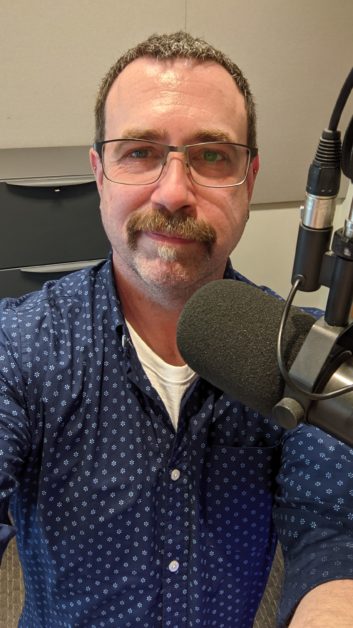 Chief Engineer-Portland for Alpha Media
Chief Engineer-Portland for Alpha Media
The Sennheiser MD421-II and the Electro-Voice RE20 are his picks for on-air work. “Both are excellent for just about any type of voice, but the MD421 with the roll-off switch in the flat position, marked M for Music, is hard to beat.”
For specialty environments, it depends on the application, but the one he has found the most forgiving is the Shure SM7B. “In an ideal acoustical situation, add a Cloudlifter and it really comes to life.”
Waage puts the emphasis on proper mic technique. “If you’re making an investment to improve your sound quality, learn how to use that tool.”
Read more of our coverage:




